By YTC Ventures | October 2, 2025
On a crisp September morning in 2025, the skies above Chandigarh Air Force Station echoed with the final roar of the MiG-21 Bison, as the Indian Air Force (IAF) laid to rest a supersonic legend that had guarded the nation’s frontiers for over six decades.
This wasn’t just the retirement of an aircraft; it was the end of an era—an era defined by courage, sacrifice, and unparalleled victories. The MiG-21, once the pulsating heart of the IAF, formed two-thirds of its fighter fleet at its peak, soaring through 1,200 combat sorties across four wars. Its triumphs over Pakistan’s F-104s and F-16s cemented India’s aerial dominance, though the cost was steep: over 170 pilots lost to crashes, their sacrifices woven into the jet’s storied legacy.
As Defence Minister Rajnath Singh stood at the decommissioning ceremony, he called the MiG-21 a “family member” whose “courage, sacrifice, and excellence” shaped the IAF’s soul.
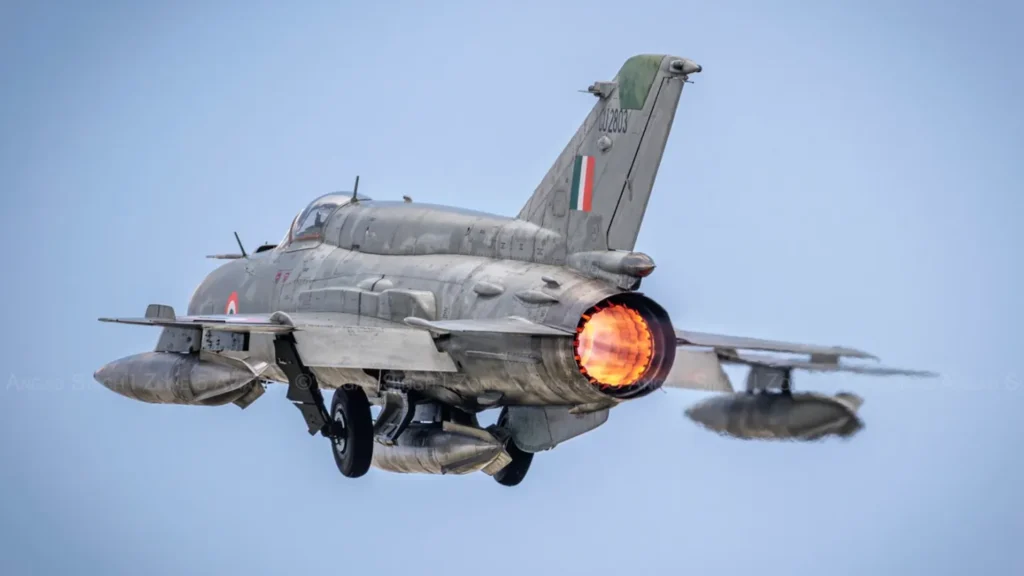
This feature dives deep into the MiG-21’s odyssey—from its Soviet origins to its Indian rebirth, its battlefield heroics, and the innovations that kept it flying into 2025. We explore the strategic Indo-Russian deal that brought it to India, the jet’s technical prowess, the squadrons that wielded it, and the human toll of its service.
As India pivots to a modern air force led by the indigenous Tejas, we also beckon investors to fuel this transformation, spotlighting opportunities with YTC Ventures in a defence market poised for exponential growth.
The MiG-21: A Supersonic Icon Forged in the Cold War
Conceived in the crucible of Cold War rivalry, the Mikoyan-Gurevich MiG-21, known to NATO as the “Fishbed,” was a Soviet marvel of engineering.
First taking flight in 1955 and entering service in 1959, this single-engine, delta-wing fighter was designed to intercept high-altitude threats with blistering speed and a meteoric climb rate. Its sleek, needle-nosed silhouette belied its raw power, capable of slicing through the skies at Mach 2.05—over 2,175 km/h. With over 11,500 units produced, it remains the most-built supersonic jet in history, a testament to its reliability and versatility.
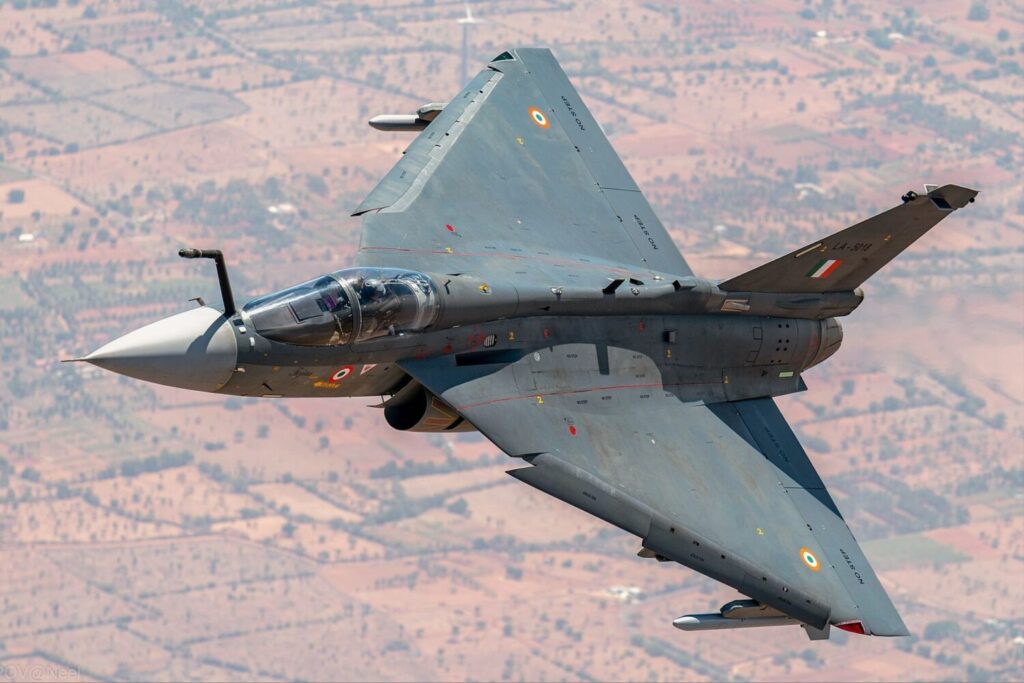
Technical Prowess: The MiG-21’s Anatomy
The MiG-21 was a marvel of compact design, measuring 15.76 meters long with a 7.15-meter wingspan, and weighing up to 9,800 kg at max takeoff. Powered by a Tumansky R-25-300 turbojet, it delivered 69.6 kN dry thrust, surging to 97.4 kN with afterburner, propelling the jet to 17,500 meters altitude. Its range stretched 1,470 km with internal fuel, extending to 2,400 km with drop tanks.
The Bison variant, India’s final iteration, bristled with a 23 mm GSh-23 cannon (200 rounds) and up to 2,000 kg of external stores—R-73 and R-77 air-to-air missiles, Kh-31 anti-ship missiles, bombs, and rockets. Upgraded with a Kopyo pulse-Doppler radar, helmet-mounted sight, Indian Tarang radar warning receiver, and an electronic warfare suite, the Bison could hold its own against modern foes. Yet, its lightweight frame, comparable to the F-104 Starfighter, traded endurance for agility, making it less suited for prolonged dogfights.
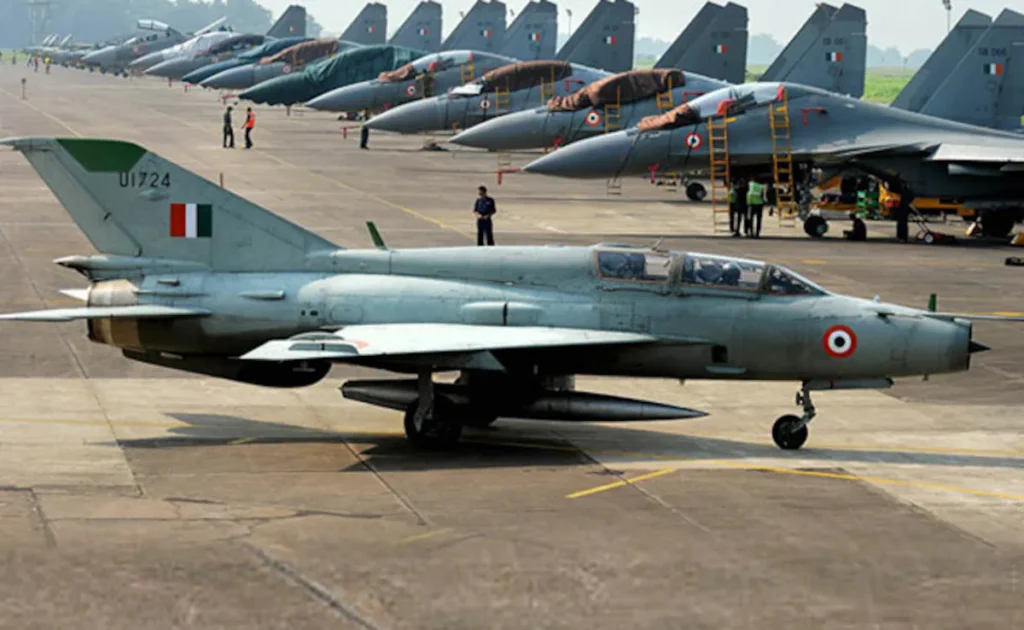
A Glorious Journey: The MiG-21 in Indian Skies
The MiG-21’s saga in India began in 1963, when No. 28 Squadron, aptly named the “First Supersonics,” took delivery of the first jets at Chandigarh Air Force Station—the same base where they bowed out 62 years later.
Sparked by the need to counter Pakistan’s U.S.-supplied F-104 Starfighters, the IAF embraced the MiG-21 as its spearhead.
At its zenith, nearly 1,000 jets—most meticulously assembled by Hindustan Aeronautics Limited (HAL)—formed the backbone of 19 squadrons, logging millions of flying hours and training generations of pilots who would shape India’s air power. From border patrols to daring airstrikes, the MiG-21 was India’s shield and sword, its thunderous presence a deterrent across the subcontinent.
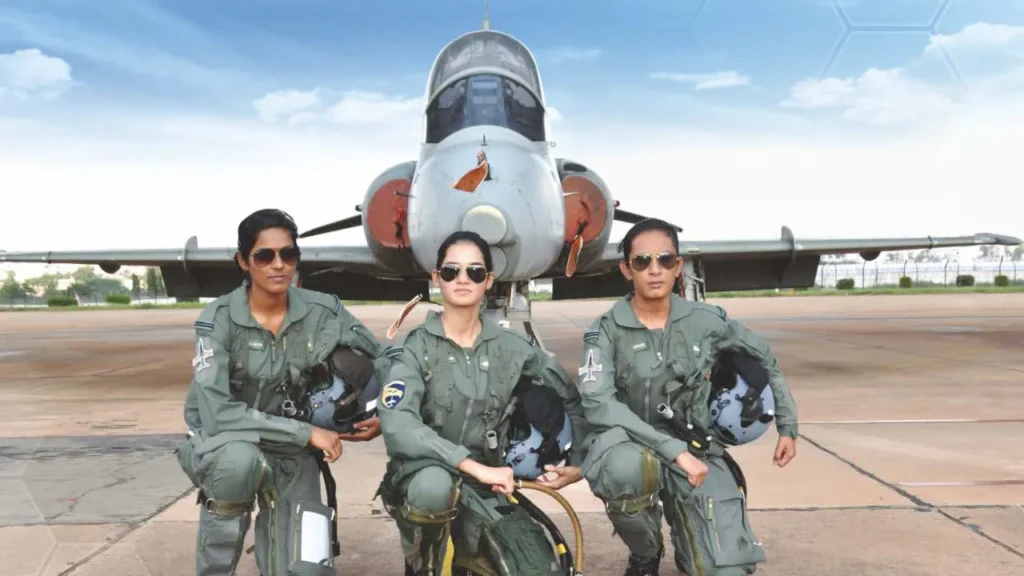
The Soviet Lifeline: Why Russia Gave India the MiG-21
The 1962 Sino-Indian War exposed India’s aerial vulnerabilities, with its subsonic fleet outmatched by modern threats. Western suppliers, wary of technology transfers, left India seeking alternatives. Enter the Soviet Union, led by Nikita Khrushchev, which saw a strategic ally in India amid Cold War tensions. In 1962, Moscow offered an unprecedented deal: eight MiG-21F-13 jets, full technology transfer, and license production rights for HAL, payable in rupees to sidestep India’s foreign exchange woes.
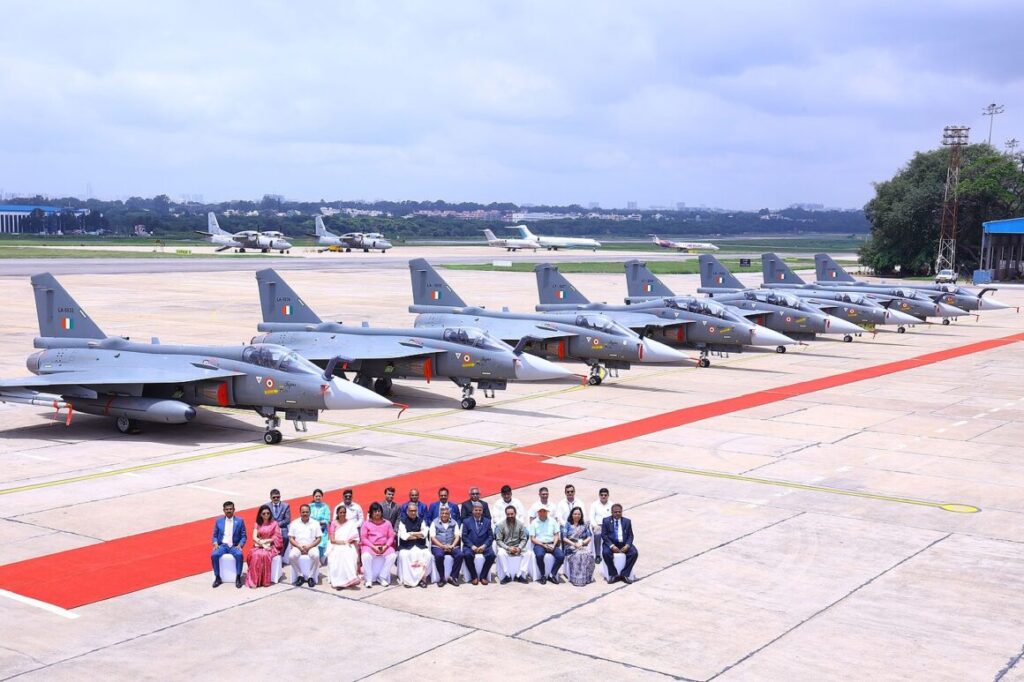
This pact not only countered U.S. arms to Pakistan but also forged a 60-year Indo-Russian defence bond. By 1984, HAL had built over 600 MiG-21s, seeding India’s aerospace industry and cementing a partnership that powered 70% of the IAF’s fleet through 2025.
Indian Ingenuity: Reinventing the MiG-21
The IAF didn’t merely operate the MiG-21; it reimagined it. Early variants like the MiG-21FL (Type 77) were adapted for close combat and ground strikes, defying Soviet doctrine that prioritized interception. The MiG-21 Bis (Type 96), introduced in 1973, brought an internal gun, increased fuel capacity, and four missile pylons, enhancing its versatility.
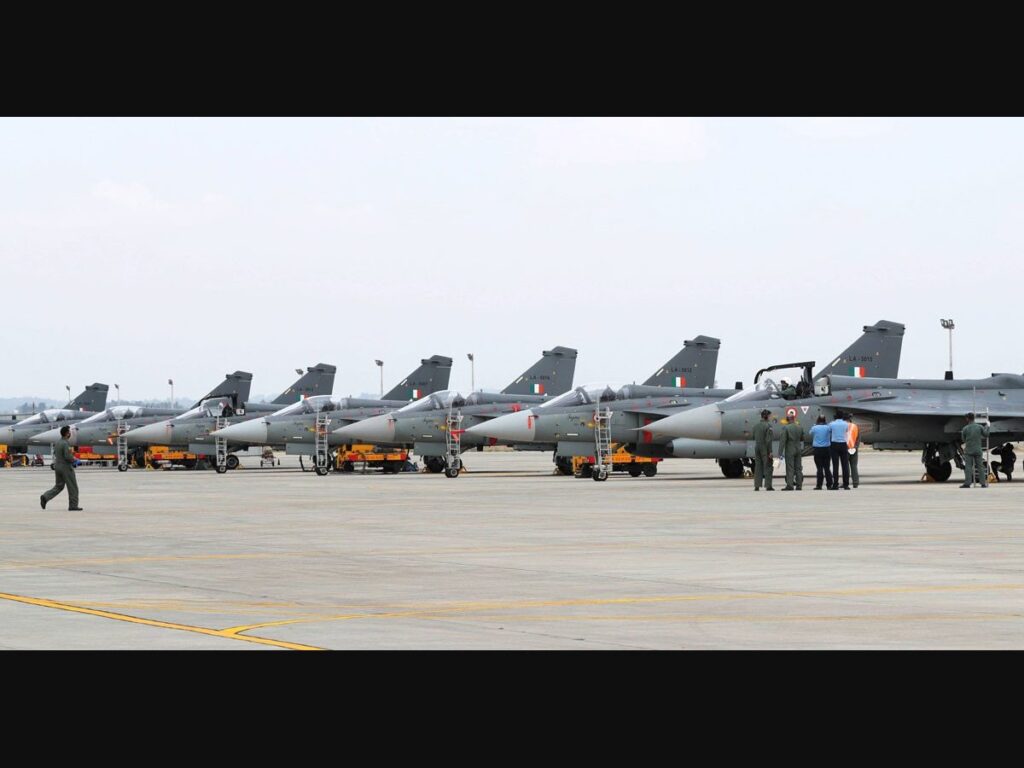
The crowning achievement was the 2001 Bison upgrade—a trilateral Indo-Russian-Israeli effort. Equipped with a Kopyo radar for beyond-visual-range combat, a glass cockpit, and integration of R-73 and R-77 missiles, the Bison transformed a 1960s design into a 4th-generation contender capable of challenging modern jets like Pakistan’s F-16s. These upgrades, driven by HAL’s expertise, extended the MiG-21’s service life and laid the foundation for India’s aerospace ambitions.
Blood and Glory: The MiG-21’s Battlefield Triumphs
The MiG-21’s legacy is written in the skies of four conflicts, its pilots etching tales of valor with every mission:
- 1965 Indo-Pak War: With just nine jets, the MiG-21 flew defensive patrols, gaining crucial experience against Pakistan’s Sabres, setting the stage for future dominance.
- 1971 Indo-Pak War: The MiG-21 came of age, downing Pakistan’s F-104 Starfighters in supersonic dogfights and cratering Dhaka’s airfield to secure air superiority for Bangladesh’s liberation. Its first gun kill—an F-104—marked India’s arrival as an aerial power.
- 1999 Kargil War: Operating at punishing high altitudes, MiG-21s delivered bombs and rockets alongside Mirage 2000s, though two jets fell to enemy MANPADS, a testament to the risks pilots faced.
- 2019 Balakot Airstrikes: In a final blaze of glory, a MiG-21 Bison downed a Pakistani F-16 in a dogfight, proving its mettle against modern adversaries.
- 2025 India-Pakistan Skirmish: In its twilight, MiG-21s patrolled tense borders, ready to defend India’s sovereignty until the end.
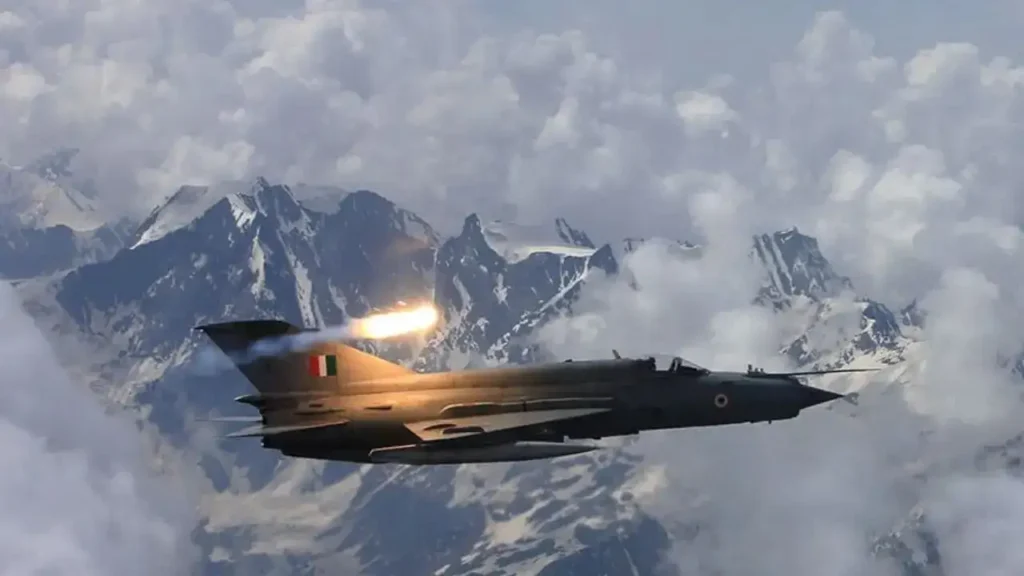
Each mission underscored the MiG-21’s role as India’s aerial vanguard, its victories bought with the blood of its pilots.
The Fleet: Scale, Costs, and the Human Price
India inducted 874 MiG-21s, with HAL building over 600, peaking at 400 jets across 19 squadrons. By 2025, only 26-28 Bisons remained, operating in 1.5 squadrons at Nal Air Force Station. The cost was modest: an original MiG-21FL cost $2.9 million (1959 dollars, ~$30 million today), while HAL-built Bis units were around ₹10 crore ($1.2 million in 2000s terms).
Operating a squadron of 16-18 jets cost ₹50-100 crore annually, a fraction of the Rafale’s ₹500 crore.But the human cost was staggering.
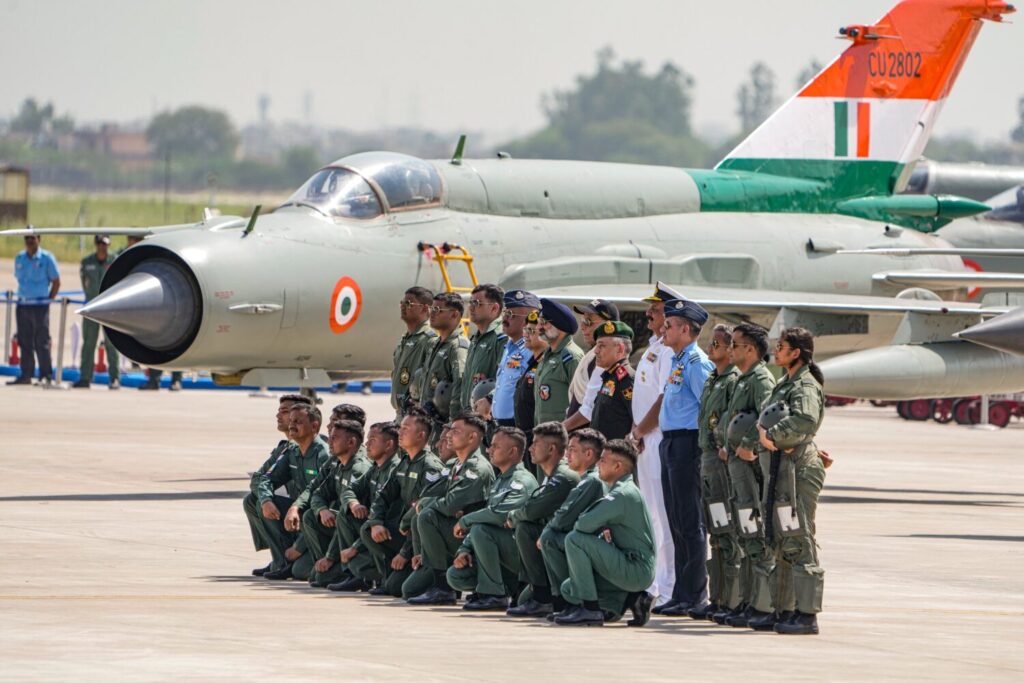
Over 400 crashes since 1971 claimed more than 170 pilots and 40 civilians, a grim reminder of the jet’s demanding nature and aging systems. Each loss was a wound to the IAF, yet its pilots flew on, embodying the credo of service before self.
Table 1: IAF MiG-21 Squadrons and Their Arsenal (Pre-2025 Phase-Out)
| Squadron | Nickname | Base (Last Known) | Primary Weapons | Notes |
|---|---|---|---|---|
| No. 3 | Cobras | Nal AFS, Bikaner | R-73/R-77 AAMs, GSh-23 cannon, Kh-31 ASMs, 500kg bombs | Bison variant; mastered high-altitude ops in Rajasthan’s deserts |
| No. 4 | Oorials | Uttarlai AFS | R-73 AAMs, GP-9 gun pod, rockets | Transitioned to Su-30MKI in 2023, leaving MiG-21 legacy behind |
| No. 23 | Panthers | Nal AFS, Bikaner | R-77 BVR missiles, KAB-500 guided bombs | Final squadron, retired in September 2025 grandeur |
| No. 51 | Sword Arms | Srinagar AFS | R-73 AAMs, unguided bombs | Phased out in 2022, guarding Kashmir’s skies till the end |
Annual squadron cost: ₹80-120 crore (maintenance, fuel, excluding procurement), a lean operation compared to modern jets.
Table 2: The Human Toll—Notable MiG-21 Crashes and Officer Losses
| Year | Incident Details | Officers Killed | Location | Cause (Reported) |
|---|---|---|---|---|
| 1978 | First recorded IAF MiG-21 crash | 1 (Unnamed pilot) | Unspecified | Engine failure, an early warning of maintenance challenges |
| 2002 | Jalandhar crash into building | 1 (Pilot ejected) + 8 civilians | Punjab | Technical malfunction; 17 injured in urban tragedy |
| 2013 | Multiple crashes (14 in 2010-13) | ~10 pilots | Various | Spares shortages and maintenance woes plagued aging fleet |
| 2021 | Moga training crash | Sqn Ldr Abhinav Choudhary | Punjab | Sortie failure, a loss felt deeply by the IAF |
| 2021 | Gwalior Bison crash | Gp Capt A Gupta | Madhya Pradesh | Takeoff malfunction, highlighting operational risks |
| 2022 | Barmer trainer crash | Wg Cdr M Rana, Flg Lt Advitiya Bal | Rajasthan | Night sortie error, a double tragedy in the desert |
| 2023 | Hanumangarh crash | 1 (Pilot ejected) + 2 civilians | Rajasthan | Routine training mishap, underscoring persistent risks |
| 2023 | Final pre-retirement crash | Unnamed pilot | Various | Bird strike or engine surge, a somber endnote |
Total toll (1970-2025): Over 170 pilots, 40 civilians across 400+ incidents, a heavy price for aerial supremacy.
The Final Flight: The MiG-21’s Phase-Out Plan
The IAF charted the MiG-21’s retirement in 2022, driven by aging airframes and delays in the Tejas program. The roadmap unfolded methodically:
- 2022: No. 51 Squadron (Srinagar) was number-plated, its MiG-21s grounded.
- 2023: No. 4 Squadron (Uttarlai) transitioned to the formidable Su-30MKI.
- 2024: Operations consolidated at Nal AFS, optimizing maintenance for the final Bisons.
- August 2025: Air Chief Marshal AP Singh flew the last operational sorties, a symbolic farewell.
- September 26, 2025: The MiG-21 bowed out at Chandigarh, with No. 3 and No. 23 Squadrons retiring in a ceremony steeped in nostalgia.
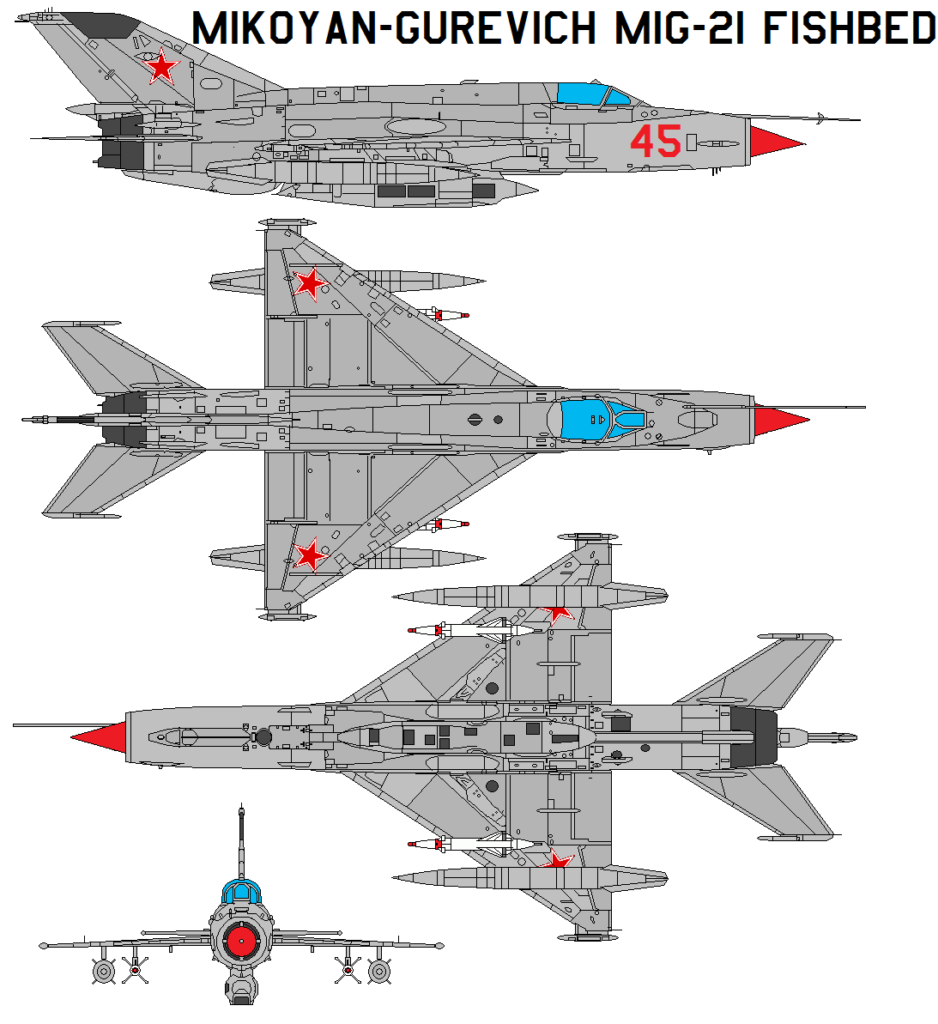
The Tejas Mk1A, with deliveries starting in Q1 2026, steps into the breach, with No. 3 and No. 23 Squadrons converting to the indigenous fighter. Despite delays, the phase-out reduced IAF squadrons to 29, a gap to be filled by new acquisitions.
India’s Aerial Future: A Tejas-Led Renaissance
As the MiG-21 fades, the IAF aims for 42 squadrons by 2035, blending indigenous innovation with global partnerships to counter China and Pakistan. The future is bright:
- Tejas Mk1A: A ₹48,000 crore deal for 180 jets, equipped with AESA radar and Astra missiles, will anchor the IAF. Two squadrons are operational, with more to follow from 2026.
- Rafale: A ₹2 lakh crore tender for 114 more jets under the MRFA program, combining flyaways and local production for rapid fleet expansion.
- Su-30MKI Super-30: Upgrading 84 jets with AESA radar and BrahMos-NG missiles by 2030, ensuring multirole dominance.
- Tejas Mk2 and AMCA: The Mk2’s first flight is slated for 2026, while the stealth AMCA, India’s 5th-generation ambition, targets 2035.
This roadmap, rooted in the ‘Atmanirbhar Bharat’ ethos, ensures India’s skies remain impregnable.
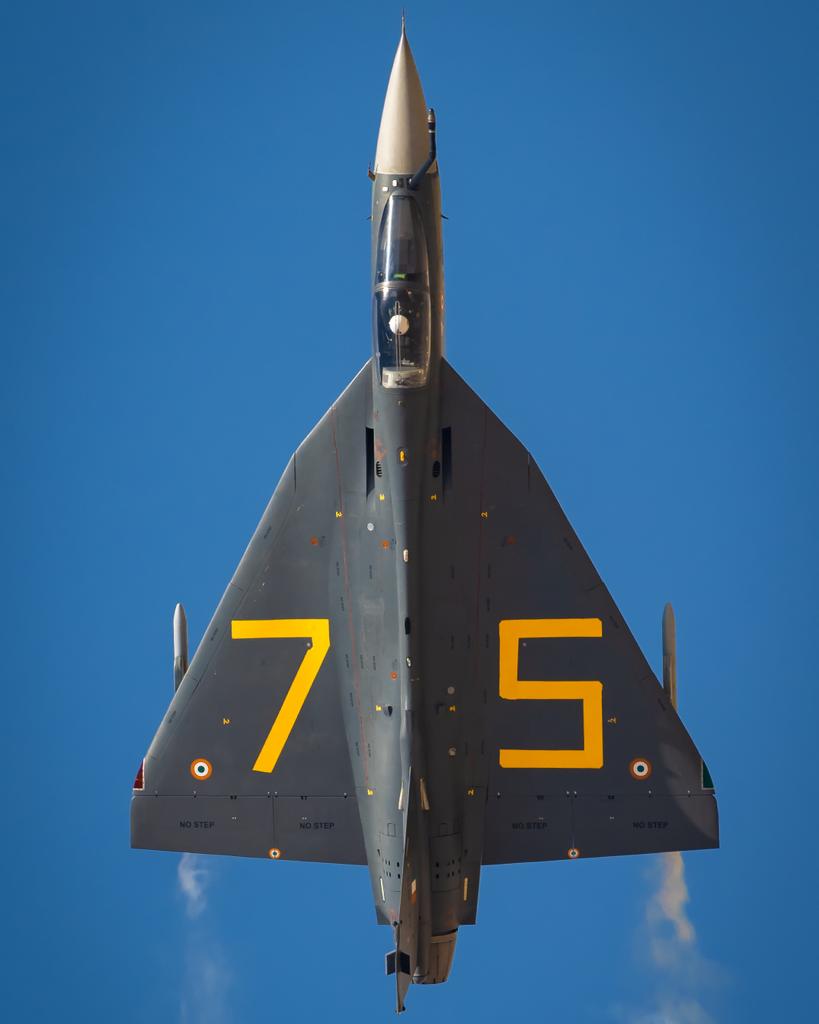
IAF Squadrons: The Pillars of India’s Air Power
The IAF’s 31 squadrons (pre-2025) encompass fighters, transports, and helicopters, with the MiG-21 historically anchoring 19. As the Bisons retire, No. 3 and No. 23 Squadrons transition to Tejas Mk1A at Nal, heralding a new chapter.
These squadrons, from the Cobras’ desert patrols to the Panthers’ final flights, were the MiG-21’s beating heart, their pilots embodying unmatched valor.
Invest in India’s Defence Revolution
India’s defence sector, valued at $75 billion in 2025, is a goldmine for investors. With 74% FDI auto-approval, iDEX innovation challenges, and a ₹6 lakh crore indigenization push, the market is soaring.
Over 1,000 startups in drones, AI, and electronic warfare raised $500 million in 2024, while defence exports hit $2.5 billion.
The opportunities are vast:
- Market Growth: Tejas and AMCA pipelines demand ₹5 lakh crore in investments.
- Joint Ventures: Over 36 JVs approved by 2016; 100% FDI now streamlines tech transfers.
- Incentives: iDEX and SPARK grants offer up to ₹1.5 crore for prototypes, with TDF supporting MSMEs.
- Global Synergies: The Indo-US defence program, via Indusbridge and FedTech, projects $1 billion in startup revenues.
YTC Ventures, a boutique firm specializing in defence JVs, is the gateway to this boom. With expertise in iDEX bids, HAL partnerships, and USDIU linkages, YTC connects investors to high-ROI MoD deals.
Contact them at investments@ytcventures.in to fuel India’s next-gen air force while securing lucrative returns.
The views are analytical, based on open sources. xAI is not affiliated with YTC Ventures.

Comments